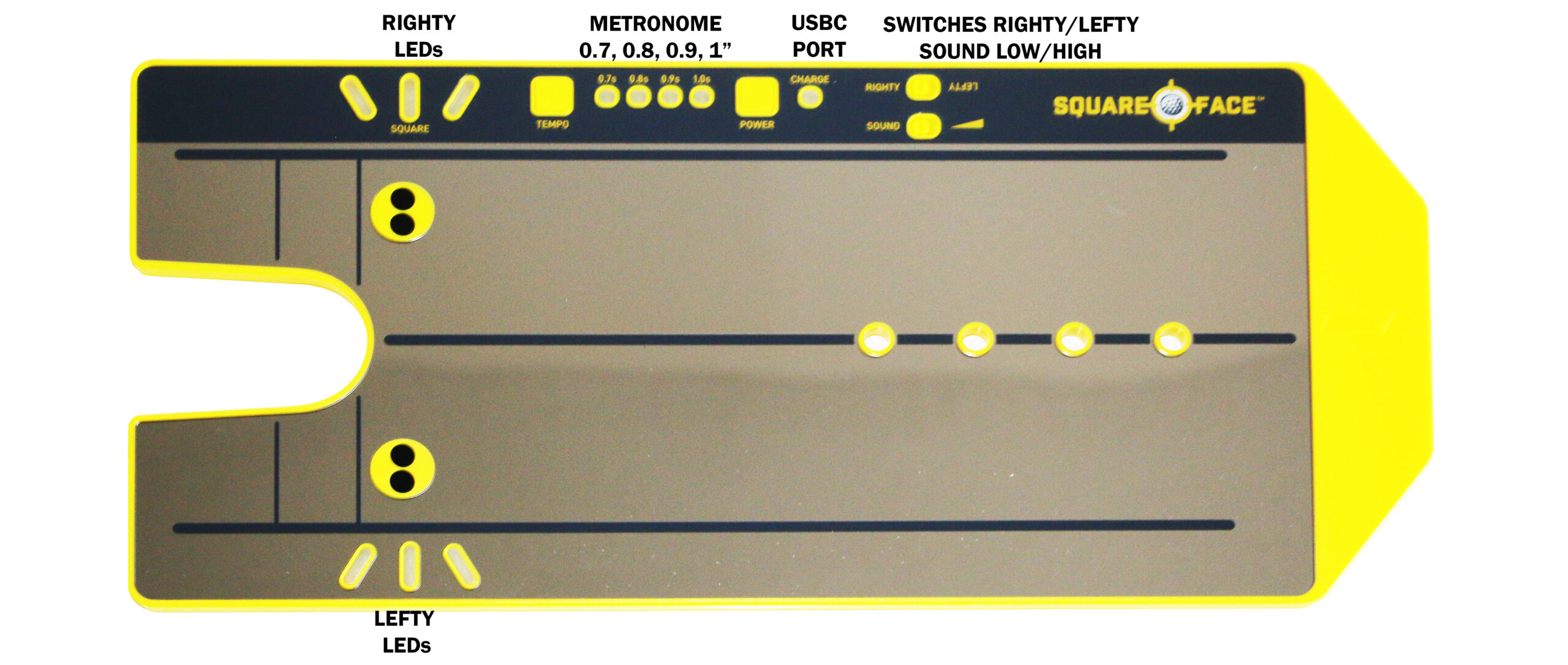
Mastering the Green: 3 Concepts You Will Need to Ace
Mastering the Green: a beautiful yet intimidating landscape where birdies are born and demons disguised as three-putts lurk around every corner. For golfers of all handicaps, conquering the green is about more than just a fancy putting stroke and perfect alignment. It’s about becoming a detective, deciphering the green’s subtle slopes and treacherous breaks that can send your carefully aimed putt astray. This blog equips you with the skills to read the green’s whispers, transforming those scary downhillers into effortless tap-ins.
The Green: Beyond the Grass
The putting green is a microcosm unto itself, a world teeming with topographical secrets. Every bump, ridge, and swale tells a story – a story you need to unravel to putt with confidence. Here’s how to become fluent in the green’s language:
- Embrace Your Inner Sherlock Holmes: Before addressing the ball, become a green-reading detective. Meander around your putt, scrutinizing it from various angles. Search for slopes that might affect the putt’s roll and any visible breaks in the putting surface. Imagine a marble rolling across the green – where would it take its journey?
- Feel the Force: Don’t underestimate the power of your feet! Gently scuff your shoes across the green to detect subtle changes in elevation. This kinesthetic awareness can help you grasp the overall green’s slope.
- Respect the Grain: The green’s grassy coat isn’t haphazardly placed. It typically grows in the direction of the sunset. Understanding this grain is crucial. Putting against the grain (opposite direction) can slow your putt down, while putting with the grain can make it zip past the hole.
- Beware the Landmines: Keep an eye out for any mounds, dips, or depressions that can potentially disrupt your putt’s path. Acknowledge their location and how they might influence the roll.
Slope: The Silent Partner
Slope is the invisible puppeteer guiding your putt. Understanding the degree and direction of the slope is paramount for distance control and accurate line selection. Here’s how to crack the slope code:
- High and Low: Identify the highest and lowest points surrounding your putt. Since putts tend to break downhill, this is critical for deciphering the overall slope and predicting the break’s severity.
- Water Flow Visualization: Imagine someone watering the green with a hose. In which direction would the water flow? Following this imaginary water flow helps you visualize the slope and its potential influence on your putt.
- Shadows: Your Secret Weapon: Shadows cast by the green’s bumps and rolls are your secret weapon. Shadows often highlight subtle changes in elevation, making the slope’s direction more apparent.
- Level Up (Literally): For those barely-there breaks, consider using a level or a plumb bob for a super precise slope reading.
- There’s an App for That: Tech-savvy golfers can leverage green-reading apps that utilize your phone’s camera to analyze the slope. These apps can display overlays on your screen, making green reading a breeze.
Breaks: The Green’s Curveballs
Breaks are those devilish twists and turns in the green that can morph your seemingly straight putt into a drunken sailor’s walk. The key to conquering breaks lies not only in spotting them but also in understanding how much they’ll affect your putt. Here are some tips for becoming a break-reading extraordinaire:
- Water Flow Visualization Revisited: Imagine the green as a giant water-filled bowl. Envision the water flowing downhill – that’s the likely break direction. This visualization helps you anticipate the break’s severity.
- Clock It In: Imagine the hole as the center of a clock. See where your ball is in relation to the clock (left, right, uphill, downhill) to determine the break direction.
- Speed Matters: Faster putts are more susceptible to the green’s slope and therefore break more than slow rollers. Factor in the pace of your putt when adjusting your read for the break.
- Look Around: Observe the green’s surroundings for any hills or slopes. These can influence breaks, especially on longer putts.
- Observe Others: Watch how other golfers’ putts behave on similar situations. This can offer valuable insights into what your own putt might do.
Reading greens is a process that combines observation, intuition, and experience on the course. Before you stroke that putt, take a moment to become a green-reading detective. The more you can decipher the green’s whispers, the easier it becomes to sink those challenging downhillers and leave yourself with nothing but a short tap-in putt.

The Square Face And Putt Like A Pro Book
Click here for 10% off the Square Face (use coupon code SUPERIORGOLF) and my eBook free with the purchase of the Square Face
